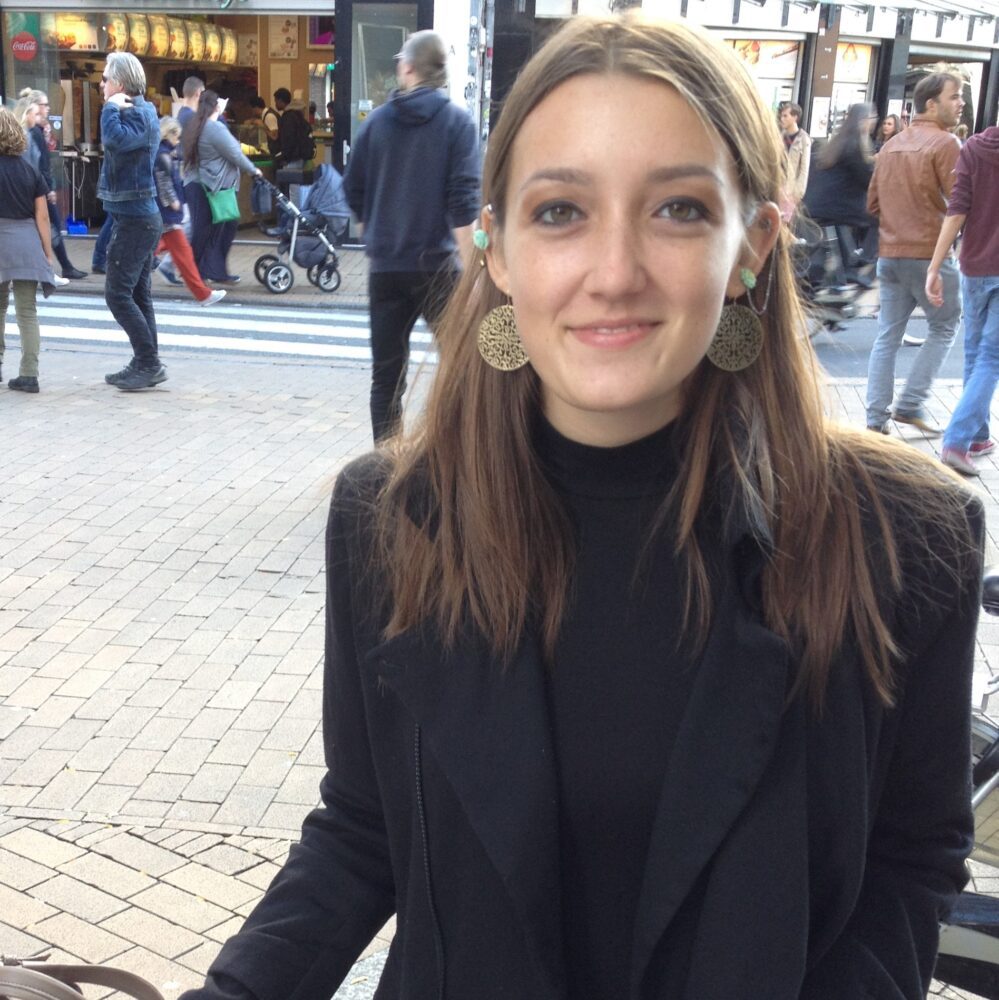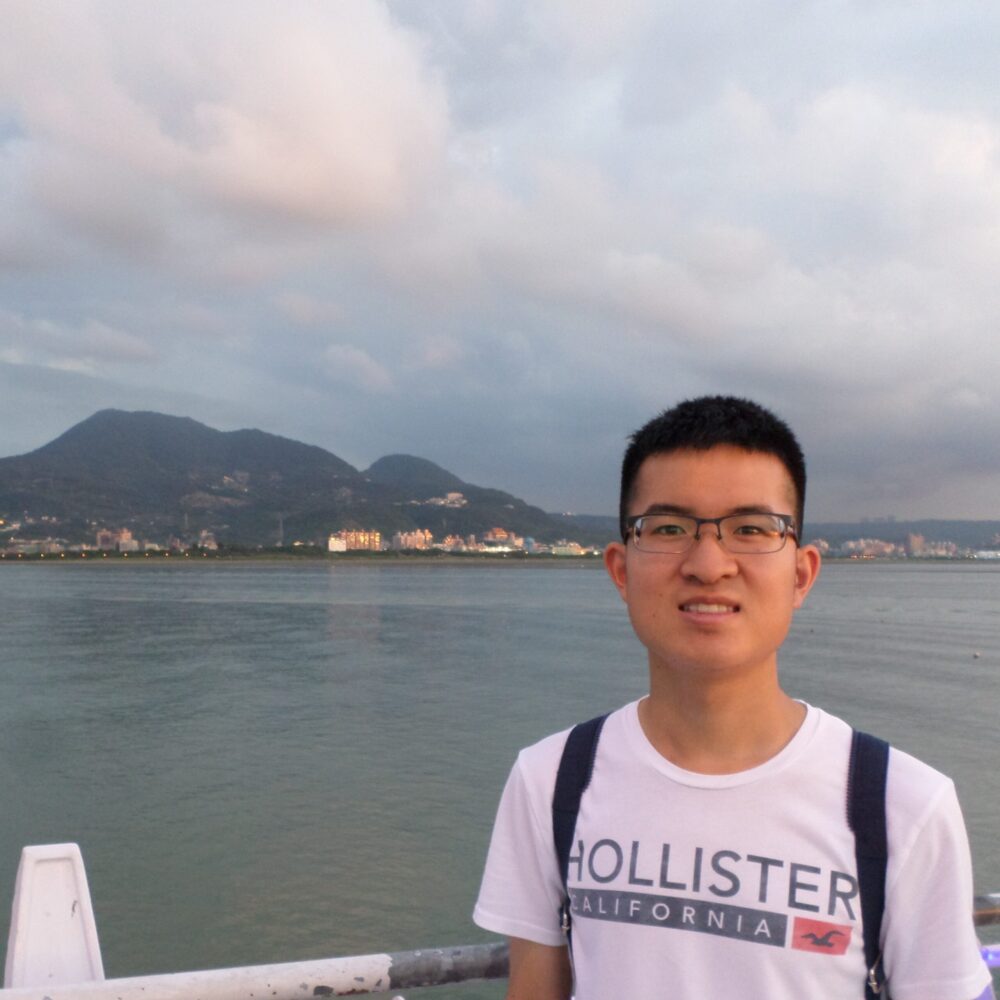Megan Sousa

Research on bacterial antibiotic resistance evolution has primarily been carried out in liquid culture; however, many infections are in the form of biofilms. Biofilms are composed of bacteria embedded in a complex matrix that protects pathogenic bacteria making them highly virulent, much more difficult to treat in patients, and an important focus of medical research. One interesting characteristic of biofilm growth is that genetically-identical cells can differentiate into multiple cell types, such as motile cells, which can swim within the biofilm. It is unclear how much these swimming cells can […]
Samba Kane

My research concerns the cultural identity of the Fula people in Mauritania and Senegal, West Africa. What does it mean to be Fula in this particular region of the world? To answer this question, I will explore two volumes of poetry, written in the Fula language by Ibrahima Moctar Sarr, a Mauritanian journalist by formation who became a civil rights leader and an advocate for the preservation of the Fula language. We have much to learn from the Fula history and culture. The Fula are rarely the dominant group in […]
Wendy (Fanghui) Wan

Superconductors are materials where quantum mechanical interactions between the constituent electrons induce a state with zero electrical resistance. They are often used in MRI machines and precision magnetometers. However, their applicability is hindered by the requisite cryogenic temperatures. Therefore, the discovery of novel superconductors that operate at higher temperatures is of tremendous fundamental and practical interest. This project focuses on inducing superconductivity in a class of materials called the delafossites, some of which have been theoretically predicted to host superconductivity under certain conditions. I will work closely with my graduate […]
Curtis Beck

In mammals, Polycomb Repressive Complex 2 (PRC2) plays a crucial role in maintaining the gene-expression patterns that enforce cell differentiation during embryonic development. Mutations in the core components of PRC2 or its associated cofactors result in early embryonic lethality. PRC2 represses transcription by mono-, di- and tri-methylating histone H3 at lysine 27 of nucleosomes, the smallest structural unit of chromatin. The molecular basis and mechanistic insight into the modulation of methyltransferase activity of PRC2 by the presence of other histone modifications remains poorly understood. Previous biochemical studies of PRC2 activity […]
Yukei Murakami

Dark Energy is an unknown quantity responsible for the observed acceleration of our expanding universe. It constitutes about 70% of the universe, yet defies scientific explanation of its origin, properties, and the exact form. Among many proposed theories of Dark Energy, there is a group of theories which approach this problem through gravitational theory: with an additional field that describes Dark Energy, they introduce the fifth fundamental force to the universe. Chameleon theory is a subset of such theories, and it postulates the existence of particles that change their own […]
Amy Zhang

The precise regulation of gene expression programs is fundamental for all cellular processes. The control of gene expression involving transcriptional activation and/or transcriptional repression is achieved by highly specific protein complexes. The aim of my work is to understand the mechanistic details of the yeast transcription repressor, the SIR complex, which is made up of three proteins: Sir2, Sir3, and Sir4. The SIR complex is critical for the epigenetic regulation of gene expression and the maintenance of chromosome stability. The comparative analysis of the different mechanisms of transcription repression processes […]
Miles Mellott

The complement system is a function of the innate immune system a group of proteins in the blood that target, mark, and destroy potential pathogens, as well as modulating the response of immune cells. Most viruses must interfere with its activity in order to infect someone, but the mechanism of interactions remains largely uncharacterized. My project seeks to specifically identify and characterize the interactions of Human Cytomegalovirus proteins with the complement protein MBL1 (Mannose-Binding Lectin) by use of a yeast-two-hybrid protein interaction assay. This assay can determine if a given […]
Yuan Lin

Human-induced climate change is a modern environmental challenge that poses serious threats to both natural ecosystems and human society as it exists today. As a result, scientists have examined carbon sequestration in soils as a climate mitigation strategy that could lower greenhouse gas concentrations in the atmosphere. This approach involves quantifying rates of carbon removed from the atmosphere by plants, and rates of plant carbon transferred and stored in soil. A key parameter used to determine soil carbon sequestration potential is soil bulk density, defined as the mass of a […]
Daniel Khuu
Sierra Nevada snowmelt is predicted to occur up to two months earlier by 2080, but we do not know how aquatic food webs will respond. Changes in snowmelt timing could decrease stream insect abundance and biodiversity via increased temperature and duration of low flows. This project seeks to understand how extended low flows alter stream food webs. My graduate student mentor collected samples from nine artificial streams that had different durations of low flow this past summer. I will help sort and identify these samples, which will ultimately result in […]
Davina Dou

As a fellow, I will be working to develop a live-cell imaging platform to understand the mechanisms of the CRISPR-CasX endonuclease and its potential to be harnessed for gene-editing. More specifically, I will be looking at the length of the protein’s DNA binding and its rate of repair. My findings will provide a clearer understanding of CRISPR mechanisms in cells, and ultimately, how we could apply these interactions to treat human diseases in a timely manner.